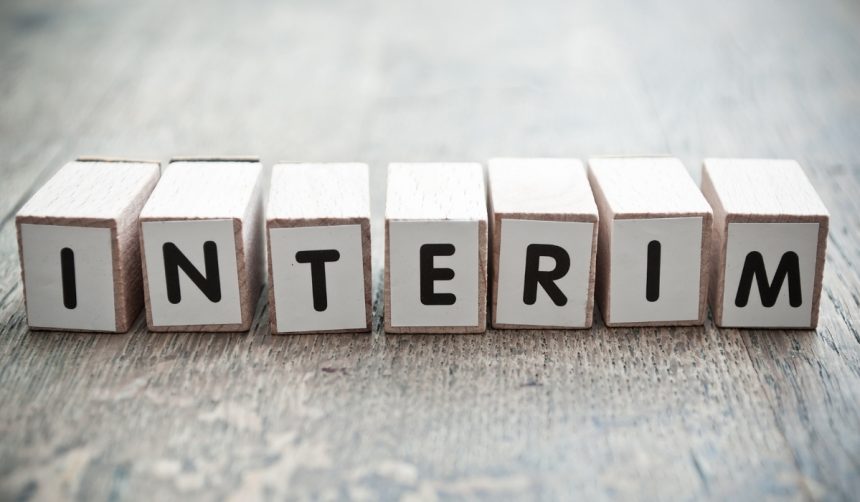On June 19, players worldwide faced a perplexing puzzle in Wordle, the popular word game now managed by The New York Times. Many participants reported difficulty unraveling the correct combination despite early hints that seemed promising. The answer, “CURIO,” prompted users to reevaluate their guessing strategies and highlighted how even seemingly straightforward puzzles can lead to unexpected challenges. Recent gameplay trends indicate that Wordle often introduces rare or unusual words, requiring players to remain flexible in their approach. The puzzle’s mix of familiar mechanics and occasional curveballs helps maintain its substantial daily audience.
Past news about Wordle’s daily solutions reveals varied difficulty levels, with some users frequently completing the challenge within three guesses and others struggling despite experience. While earlier words like “MUNCH” and “PRANK” presented moderate difficulty, recent selections appear to include more obscure terms. The inclusion of “CURIO” fits into a broader pattern of using less common vocabulary, encouraging diverse strategies and sparking online discussions. Additionally, advice on tactical guessing and optimal starting words persists as a dominant theme among longtime players and newcomers alike.
What Made June 19’s Wordle Especially Tricky?
Unlike some prior puzzles, the June 19 Wordle did not contain any double letters, which limited possibilities for common educated guesses. Many users initially built confidence with multiple correct letters in yellow but found that shuffling those letters repeatedly led to increased confusion rather than progress. The subtle challenge came from “CURIO” being an uncommon word in everyday vocabulary, making standard tactics less effective for many. This scenario led some players to report heightened frustration coupled with a sense of satisfaction once the correct answer was discovered.
Which Tactics Helped Solve the Puzzle?
A balanced approach using a variety of vowels and consonants in the initial guesses proved beneficial for narrowing down possibilities. Guidance recommending “a solid opening word” and avoiding repeated letters helped improve results for numerous participants. Players are reminded that Wordle allows six attempts, so taking breaks and returning with a fresh perspective can be beneficial. According to one player,
“There’s no shame in stepping away mid-game and solving it later when you’ve cleared your head.”
This strategy is often effective on days when the correct answer uses a less familiar term.
How Has Wordle Maintained Its Popularity?
Wordle continues to attract a large user base by offering a straightforward yet mentally stimulating task. It features six rows of five boxes and challenges players to deduce the hidden word through deduction and process of elimination. Since being acquired by The New York Times, the game remains accessible and has continued to inspire spin-offs focused on themes like music, math, and geography. The steady release of daily answers and community-shared hints keeps engagement strong, while the game’s origins as a personal project from Josh Wardle serve as a unique aspect of its cultural narrative.
Wordle’s decision to regularly vary the obscurity of its answers, as seen with “CURIO,” keeps both experienced and new players alert. Monitoring recent correct words, such as “QUAIL” or “VIXEN,” can help prepare for future challenges and widen a player’s vocabulary. Techniques like starting with commonly used letters and adapting to new clues remain essential for solving even the toughest puzzles. For many, the pleasure comes not only from achieving a daily victory but also from sharing strategies and solutions as part of an ongoing global conversation.
Recognizing how Wordle has evolved, players should expect alternating levels of difficulty and the occasional rare word, which can catch even the most seasoned users off guard. Keeping a record of recent answers, practicing with different types of starting words, and staying attentive to clues about letter positions are practical habits for consistent success. While being stumped is frustrating, these moments usually drive further community interaction and reinforce the game’s appeal. Relying on a combination of logic, word knowledge, and patience proves most effective—especially as Wordle continues to thrive and innovate in the online puzzle landscape.
- June 19 Wordle answer was “CURIO,” challenging many daily players.
- The puzzle lacked double letters, increasing the complexity of guesses.
- Wordle’s popularity continues, supported by varied answer choices and tactics.










